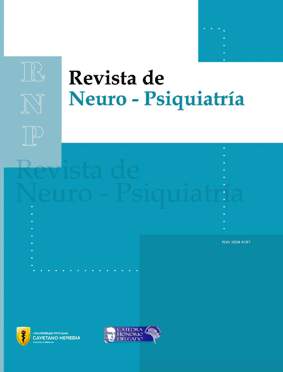Female dysthymia and the phenomena of love and heartbreak.
DOI:
https://doi.org/10.20453/rnp.v82i3.3577Abstract
Objectives: Although the term dysthymia was coined by Kahlbaum, its current clinical meaning originated in the 1980s, when it appears in the American Psychiatric Association Diagnostic and Statistical Manual (DSM) designating a chronic mild depression distinguishable from Major Depression Disorder. In this article, the cases of two female patients with this disorder (according to the CIE-10) are presented and the "subjective components" that sustain the depressive symptoms, not usually mentioned in the publications, are examined. Material and methods: The Approach to Subjectivity Method (MAS) was used; it consists of non-directive interviews writing down the patient’s exact verbal expressions, and avoiding any allusion to theories, particular beliefs, values, judgments, etc. Results: We concluded that these two women have a sentimental distancing from their love object, even though they are unable to separate from or leave him while depressive symptoms appear in an insidious way. This drives them to fall off the romantic ideal they were looking for as a guide for their lives and an anchor of their personality, and it can also explain why their symptoms do not improve. This point of view questions to some extent the classic notions about "mourning". Conclusions: To improve symptomatically, the dysthymic patients need to talk about and realize what is really happening to them. What is found here shows the subjective coordinates that are necessary in order to conduct an adequate psychotherapeutic intervention.
















 RNP is distributed under a
RNP is distributed under a 